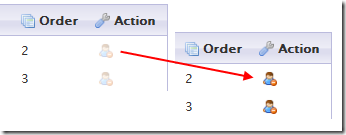Magento is a whopping big platform – even the community edition is something of a beast. That gives it a nasty learning curve, and while, in most cases, it simply works, there are some places where it tries to be clever, with mixed results.
The product search is a case in point. A friend was recently trying to get it to cooperate, but the way the results were being returned made it quite unusable. By default, the search uses an OR comparison to find what you’re after, so if you look for “web development books”, it will give you any product whose description contains “web”, “development”, or “books”. Since the order or relation of the words is not considered, you might end up with Twilight as a top result, which I’m sure you’ll agree, is not conductive to your users not gutting you with a rusty fork.
The easiest way I found to fix this, is to change the search query, defined by the fulltext.php file (/app/code/core/Mage/CatalogSearch/Model/Mysql4/fulltext.php). Continue reading “Magento Search: Getting Better Results In Product Searches”

